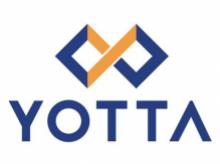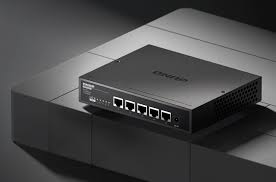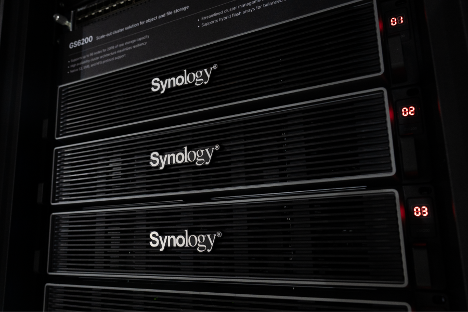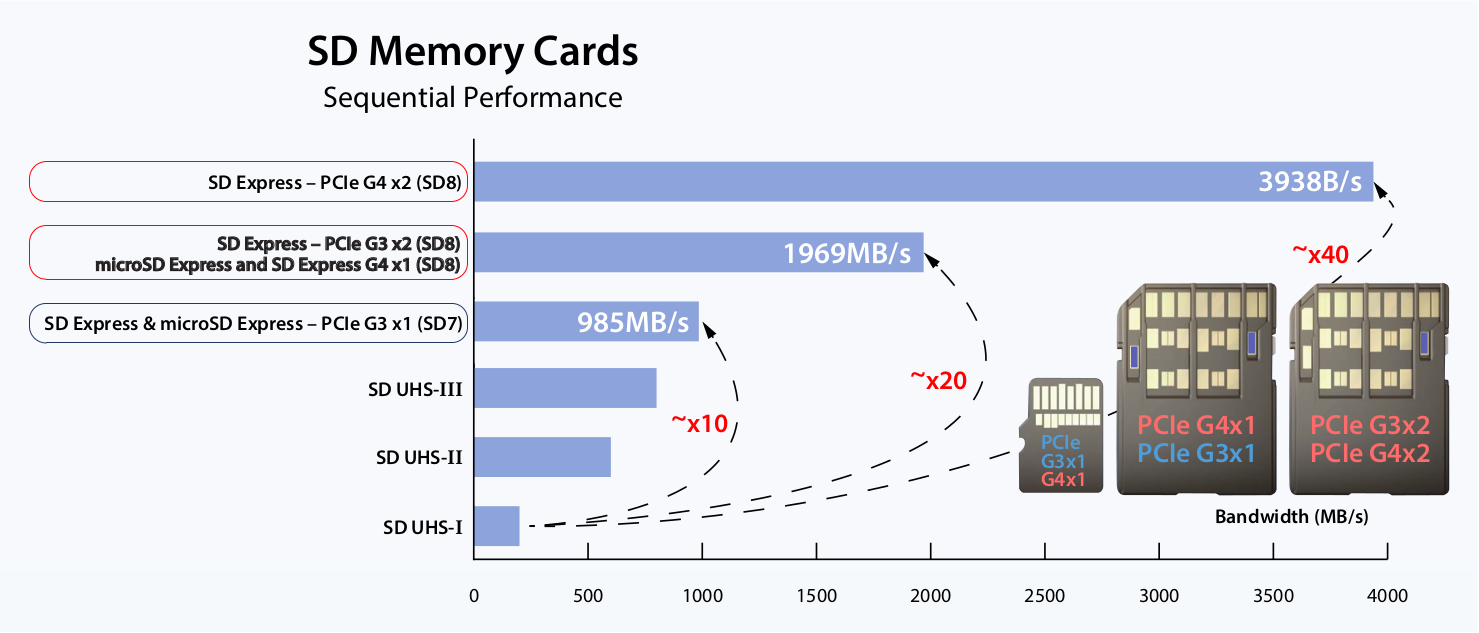microSD Express Doubles Speeds, New SD Express Speed Classes Introduced
SD Associations announced
the latest evolution of SD Express memory cards doubling microSD Express memory
card speed up to 2GB/s, plus four new SD Express Speed Classes to
ensure guaranteed minimum sequential performance levels in the new SD 9.1
specification including support of Multi-stream access and related Power and
Thermal Management assuring the guaranteed performance. SD 9.1 helps consumers
identify the right card for their device while giving manufacturers new tools
to assure minimum level of performance of SD Express memory cards and
have means to guide consumers what type of cards will assure specific
application operations.
The latest
generation of microSD Express uses the PCIe interface delivering a 1,969
megabytes per second (MB/s), nearly 2 gigabytes per second (GB/s) speeds by
using the PCIe Gen4 x1 lane as defined in the latest update to the microSD
Addendum version 8 specification. microSD Express was introduced with 985 MB/s
speed maximum data transfer rate and the NVMe upper layer protocol in the SD
7.1 specification. The increase in speed gives product designers more storage
options and SSD level performance for a variety of size constrained devices
requiring easily repairable or upgradeable storage.
The SD Express Speed Classes are
used exclusively on SDXC, SDUC, microSDXC and microSDUC memory cards offering
the SD Express bus. Changes in memory technology necessitate the need to define
speeds as NAND flash technology continues to evolve. SD Express is the most
significant evolution for SD since it was introduced in 2000. It meets new and
evolving market needs to support increased performance requirements of
controllers, memories, and other application interfaces. SD Express can fully
support almost every use case demanding higher speed removable or
semi-removable memory cards and is ideal for meeting the growing number of
Right to Repair laws.
“By defining
minimum assured sequential performance standards for SD Express memory cards,
the SDA helps both device manufacturers and consumers ensure the best recording
and playback of all types of content,” said Hiroyuki Sakamoto, SDA president.
“We doubled the speed of microSD Express to 2GB/s to give product manufacturers
more storage options capable of handling the most demanding storage uses making
SD Express memory cards a compelling, ecologically sound choice making it
easier to repair and upgrade devices.”
New Features
In order to
optimize the SD Express speed class usage under various power levels and
thermal conditions - Leveraging NVMe specifications, SD Express memory card now
offer several Power Management settings through Maximum Power (MP) values. The
card consumes power up to one of the MP values set by the host device to manage
card temperatures. SD Express memory cards use a new Thermal Management feature
where the card indicates a group of its specific thermal thresholds. The host
device may then set appropriate Thermal Management parameters for the card
according to the target class and the selected PCIe bus mode, much like an MP
value for power management.
The SD 9.1
specification defines the access rules required to ensure the minimum defined
performance of the PCI/NVMe interface in SD Express cards, including
multi-stream access of up to eight streams.
The SDA has
prepared a whitepaper providing more details about the new features
and SD Express Speed Classes defined by SD 9.1.
SD Express
A growing list of
devices and memory cards support SD Express. SD Express offers SSD performance
levels with transfer speeds up to ~4GB/sec thanks to the PCI Express® (PCIe®)
and NVMe Express (NVMe) architectures. The first SD Express cards were introduced
with SD7.0 specifications for the full-size SD form factor supporting PCIe Gen
3 x1 interface with speeds of 985 MB/s. SD8.0 defines three additional PCIe
interfaces – PCIe Gen 4 x1, PCIe G3 x2 and PCIe Gen4 x2 quadrupling speeds to
4GB/s. SD7.1 specification added SD Express 985 MB/s to the microSD form factor
and the microSD Addendum version 8 specification doubled speeds to 2 GB/s by
using PCIe Gen 4 x1. SD Express gigabyte transfer speeds bring new storage
opportunities for devices with demanding performance levels capable of moving
large amounts of data generated by data-intense wireless or wired
communication, super-slow motion video, RAW continuous burst mode and 8K video
capture and playback, 360 degree cameras/videos, speed hungry applications running
on cards and mobile computing devices, ever evolving gaming systems,
multi-channel IoT devices and automotive to name a few.


































Leave A Comment